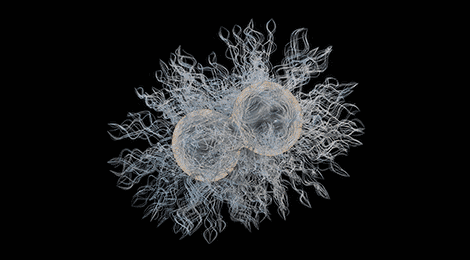The most common symptoms of a stroke are: sudden trouble seeing in one or both eyes. Sudden confusion , trouble speaking or understanding. Sudden trouble seeing or blurred vision in one or both eyes. Though most of the symptoms are the same for men and women , there are some that are unique to women.
According to studies, women are more likely to display some unique symptoms. The individual feels a restriction on the ability to speak and move as normal. Women may report symptoms that are different from the common symptoms. Paralysis or numbness of the face , arm or leg. You may develop sudden numbness , weakness or paralysis in your face, arm or leg.
This often happens just on one side of your body. Try to raise both your arms over your head at the same time. If one arm begins to fall, you may be having a stroke. Women, on the other han may experience unique symptoms, so knowing these signs of stroke in women can help save a life. Sudden numbness or weakness in the face, arm , or leg , especially on one side of the body.

Numbness or a pins and needles sensation anywhere in the body. Gait disturbances ( trouble walking ) or loss of balance and coordination. Vision changes , blurred vision , or. A ministroke, or transient ischemic attack (TIA), occurs when part of the brain experiences a temporary lack of blood flow.
Learn about ministroke symptoms , which resemble stroke symptoms. Stay On Top Of The Latest Developments In The Field With Our Fully Open Access Journal. On Techniques, Policy And More.

Trouble seeing in one or both eyes. Stroke symptoms come on suddenly. Trouble walking, dizziness, or loss of balance or coordination.
Other possible symptoms of stroke women may experience include: Pain that affects the limbs or face. Being unable to speak or communicate clearly. These are more-familiar warning signs of a possible stroke for men and women : One-sided weakness or numbness of the face, an arm or a leg. Feeling dizzy and losing your balance. Women also have unique risk factors for stroke , including: Having high blood pressure during pregnancy.
Trouble seeing with one or both eyes. Confusion or trouble understanding other people. People with high cholesterol, diabetes, high blood pressure, cardiovascular diseases, etc. It is believed that men are more susceptible to stroke than women , but if you check the above list of risk factors, you will notice that women are equally susceptible to stroke as men.
Now that we understand the consequences of a stroke , it’s important to take measures to prevent a stroke from occurring. Based on the common and uncommon symptoms of a stroke in women , we should be aware that not taking part in risky behaviors – such as smoking and drinking – is an integral part in stroke. Endangering factors involve things such as having high blood pressure levels, the smoking habit, and having a family history of heart stroke.
It occurs when the blood supply to the brain is impeded or cut off completely (known medically as ischemia). Studies have reported that when compared to men, women are more likely to report many of the nontraditional symptoms of stroke. These studies reported that symptoms such as pain, change in the mental-status, a feeling of lightheadedness, headache, or other associated symptoms were often complained by women experiencing a mini stoke.
Women experiencing a mini stroke can experience abrupt pain in the face and arm or the leg (generally on one side of the body).
No comments:
Post a Comment
Note: only a member of this blog may post a comment.